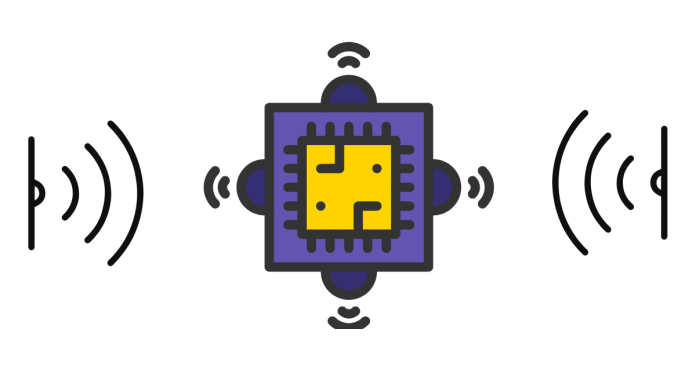A Wireless Sensor Network (WSN) is a collection of spatially distributed, autonomous sensors that monitor physical or environmental conditions, such as temperature, humidity, pressure, motion, or sound. These sensors communicate wirelessly and collaborate to collect, process, and transmit data to a central system for analysis and action.
Key Components of a WSN
- Sensor Nodes:
- Devices that sense and measure physical parameters (e.g., temperature, light).
- They consist of a sensing unit, processing unit, transceiver, and power source.
- Sink Node (Base Station):
- A central node that receives data from sensor nodes for further processing or transmission to an external network.
- Communication Infrastructure:
- Enables wireless communication among nodes using protocols like Zigbee, Bluetooth, Wi-Fi, or proprietary protocols.
- Power Supply:
- Sensor nodes are often powered by batteries or renewable energy sources like solar cells.
- Processing Unit:
- Microcontrollers or microprocessors for data computation and control.
Characteristics of WSN
- Scalability: Can accommodate a large number of sensor nodes.
- Energy Efficiency: Operates on low power due to limited battery life.
- Self-Configuring: Nodes organize themselves into a network without human intervention.
- Wireless Communication: Data transmission is done without wired connections.
- Fault Tolerance: Can handle node failures without significant performance degradation.
Applications of WSN
- Environmental Monitoring:
- Weather monitoring, pollution detection, and wildlife tracking.
- Example: Monitoring forest fires or floods.
- Industrial Automation:
- Monitoring machinery and detecting faults in industrial environments.
- Smart Homes and Cities:
- Energy-efficient systems, smart lighting, and security systems.
- Healthcare:
- Patient monitoring, such as heart rate or glucose levels.
- Example: Wearable health devices.
- Agriculture:
- Soil moisture monitoring, crop health analysis, and irrigation management.
- Military and Defense:
- Surveillance, border monitoring, and detecting unauthorized access.
- Transportation:
- Monitoring traffic patterns and vehicle tracking.
Advantages of WSN
- Flexibility: No need for a wired infrastructure.
- Scalability: Easy to add more sensors.
- Remote Monitoring: Ideal for inaccessible or hazardous locations.
- Real-Time Data: Provides continuous monitoring and instant alerts.
Challenges in WSN
- Energy Consumption: Limited battery life in sensor nodes.
- Network Security: Vulnerable to attacks like eavesdropping and data tampering.
- Data Reliability: Wireless communication may face interference or data loss.
- Scalability Issues: Large networks may encounter latency or bandwidth problems.
Future of WSN
Wireless Sensor Networks are integral to the development of IoT (Internet of Things) and smart systems. Advances in energy-efficient designs, machine learning, and communication protocols will make WSNs more powerful, secure, and scalable.


